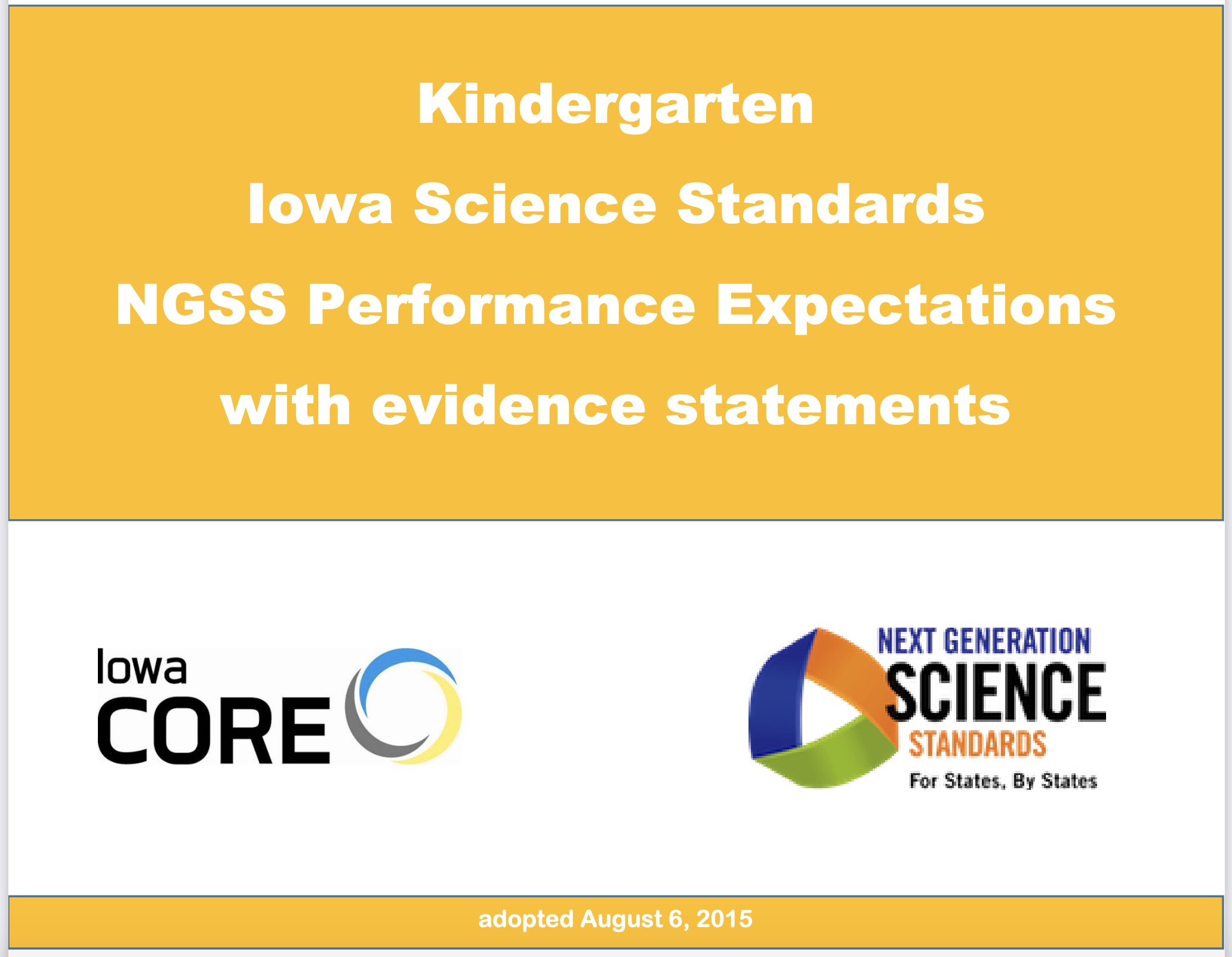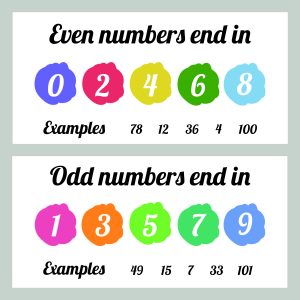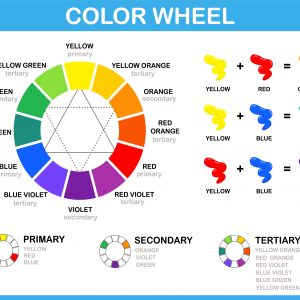The performance expectations in kindergarten help students formulate answers to questions such as: “What happens if you push or pull an object harder? Where do animals live and why
do they live there? What is the weather like today and how is it different from yesterday?” Kindergarten performance expectations include PS2, PS3, LS1, ESS2, ESS3, and ETS1
Disciplinary Core Ideas from the NRC Framework. Students are expected to develop understanding of patterns and variations in local weather and the purpose of weather
forecasting to prepare for, and respond to, severe weather. Students are able to apply an understanding of the effects of different strengths or different directions of pushes and pulls on
the motion of an object to analyze a design solution. Students are also expected to develop understanding of what plants and animals (including humans) need to survive and the
relationship between their needs and where they live. The crosscutting concepts of patterns; cause and effect; systems and system models; interdependence of science, engineering, and
technology; and influence of engineering, technology, and science on society and the natural world are called out as organizing concepts for these disciplinary core ideas. In the kindergarten
performance expectations, students are expected to demonstrate grade-appropriate proficiency in asking questions, developing and using models, planning and carrying out investigations,
analyzing and interpreting data, designing solutions, engaging in argument from evidence, and obtaining, evaluating, and communicating information. Students are expected to use these
practices to demonstrate understanding of the core ideas.
Kindergarten Performance Evidence Booklet(1837S-CR)
The performance expectations in kindergarten help students formulate answers to questions such as: “What happens if you push or pull an object harder? Where do animals live and why do they live there? What is the weather like today and how is it different from yesterday?” Kindergarten performance expectations include PS2, PS3, LS1, ESS2, ESS3, and ETS1 Disciplinary Core Ideas from the NRC Framework. Students are expected to develop understanding of patterns and variations in local weather and the purpose of weather
forecasting to prepare for, and respond to, severe weather. Students are able to apply an understanding of the effects of different strengths or different directions of pushes and pulls on the motion of an object to analyze a design solution. Students are also expected to develop understanding of what plants and animals (including humans) need to survive and the
relationship between their needs and where they live. The crosscutting concepts of patterns; cause and effect; systems and system models; interdependence of science, engineering, and technology; and influence of engineering, technology, and science on society and the natural world are called out as organizing concepts for these disciplinary core ideas. In the kindergarten performance expectations, students are expected to demonstrate grade-appropriate proficiency in asking questions, developing and using models, planning and carrying out investigations, analyzing and interpreting data, designing solutions, engaging in argument from evidence, and obtaining, evaluating, and communicating information. Students are expected to use these practices to demonstrate understanding of the core ideas.











